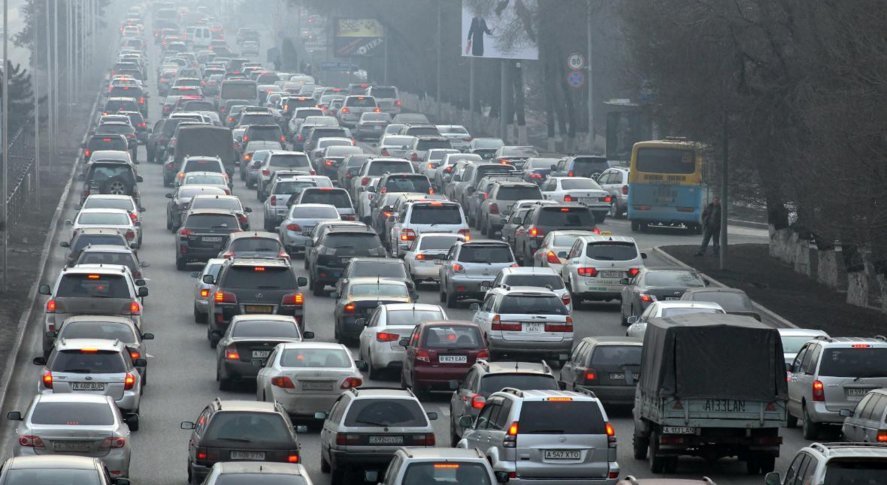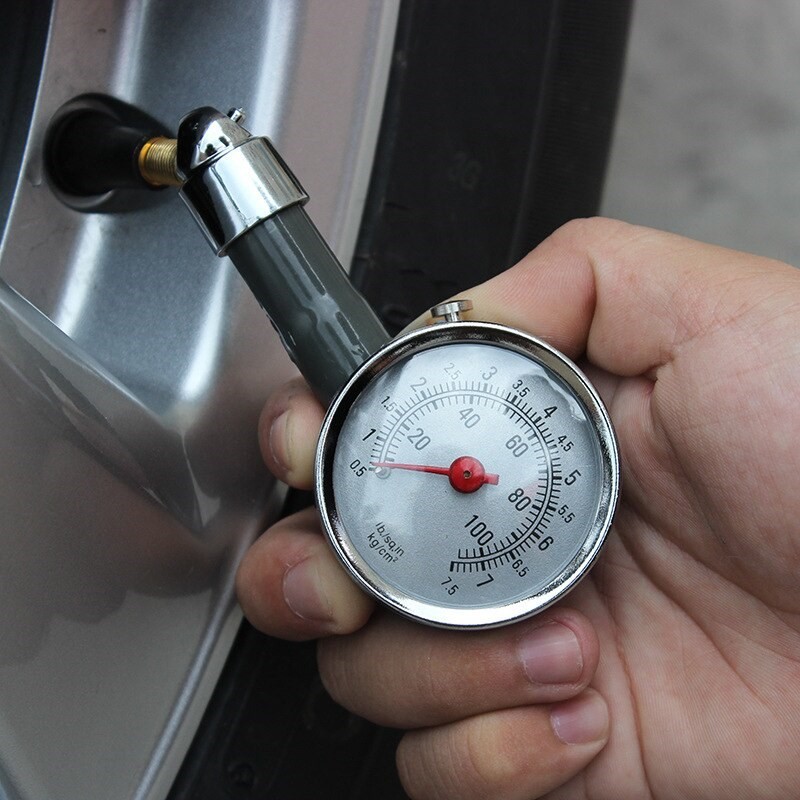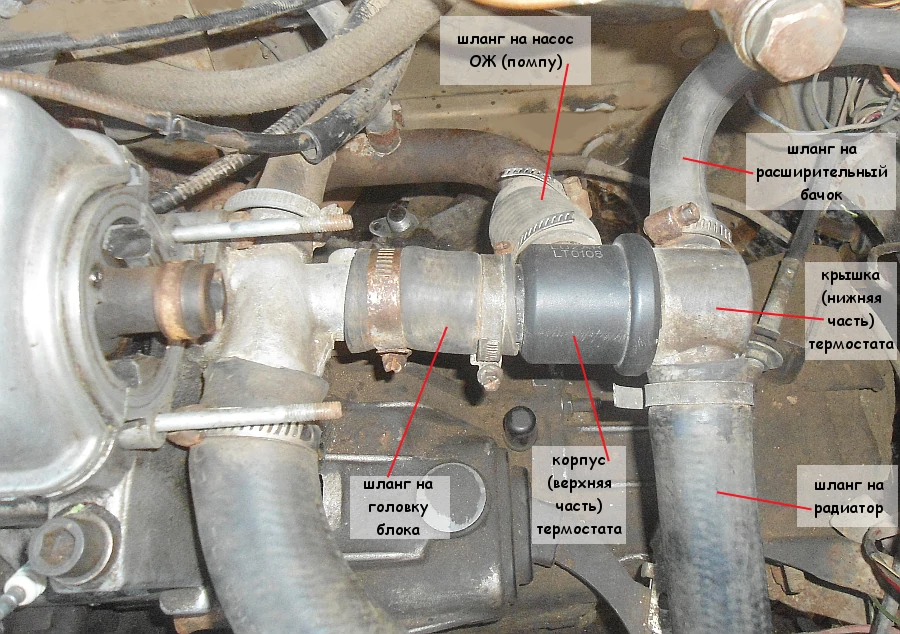
How traffic jams start
Content
It's Friday afternoon and you decide to leave work early to start the weekend. As you enter the highway, you notice that the traffic is going very well. With any luck, you will be at your destination in a few hours.
Oh, I spoke too soon. Traffic has just stopped. What the heck? Where did all these people come from?
The Federal Highway Administration of the US Department of Transportation is studying such things and has identified six major factors that affect traffic.
Narrow places
Bottlenecks are the main cause of flash backups. Bottlenecks occur in places along the highway where there is a lot of traffic. For example, we have all seen sections of the road where the number of lanes is drastically reduced, and cars find it hard to find a place.
In other cases, several highways converge and form one giant maze. Even those who are familiar with crazy traffic patterns can temporarily lose their sense of direction if there is a lot of traffic.
Crashes or debris
You may be surprised to learn that accidents are second only to bottlenecks as the cause of congestion. Intuitively, you might think it would be the other way around, but accidents, broken cars, and road debris come in second.
It's hard to determine the best tactics to avoid accidents, as you probably won't know where the accident happened or how serious it is until you get closer.
As you crawl, keep an eye on what the cars in front of you are doing. If they all change lanes in the same direction, you will too, so look for opportunities to merge lanes.
If other drivers change lanes left and right in the same way, look for an opportunity to change lanes in either direction.
Once at the scene of the accident, determine if there is debris on the road and make sure you have enough room to drive safely. For example, if there are broken glass in several lanes, it would be a good idea to move to an additional lane, because the last thing you need is to turn over a large piece of glass that has burst from under the tires.
Sometimes a hitch is a pile of garbage lying in the middle of the highway. Drivers who try to carry too much cargo without properly tying it down can not only cause havoc, but also lead to serious accidents. We've all seen boxes, furniture, and rubbish falling off the backs of old, rickety trucks.
If you find yourself behind one of these trucks, change lanes. If you see trash in your lane and you can't change lanes, don't stop in the middle of the highway.
Random stop lights
One person can create a traffic jam if he constantly slams on the brakes. The cars behind him will slow down and start a chain reaction. Before you know it, there is a traffic jam.
One way to deal with chronic brake application is to keep an eye on cars in front of and behind you. Knowing about the cars around you will help you understand if the brake offender has a good reason to ride on his brakes.
If the car in front of you brakes for no reason, and you know that there is a sufficient distance between you and those around you, you can not use the brakes, release the gas and let the car coast. Avoiding hitting the brake will help break the chain of never-ending brake lights.
Weather
It goes without saying that inclement weather can cause major traffic delays. Snow, rain, strong winds, hail and fog can make traffic difficult for several hours. Unfortunately, if you want to achieve something and Mother Nature has other plans, you will lose.
If you are traveling and you find yourself in a period of bad weather and traffic becomes difficult, there is nothing you can do. You will be waiting for him, like everyone else.
Building
The construction of roads sometimes leads to a stoppage of traffic. The sight of steel girders dangling from a crane over a highway is enough to terrify any driver. But building roads or upgrading overpasses is a fact of life. The same goes for stripes that get repainted at night, causing havoc on morning commutes.
And if you frequently drive on a particular highway, it can be hard to resist the temptation to see construction crews moving forward. If you do that, then you are officially a rubber man. If you can resist the urge to follow the day-to-day progress of a project, it will help keep traffic moving.
Special events
Those fortunate enough to live in cities with a thriving performing arts or sports are more likely to find themselves in the middle of a big traffic jam from time to time.
If you are one of the participants of the event who is stuck in traffic, consider the time spent on the highway outside the ramp as part of the cost of the entrance ticket. If you don't plan to arrive early, you won't be able to avoid traffic.
What should you do if you're stuck in traffic because of an event you're not attending? You could do well by moving to the left lanes, allowing others to fight each other to get on the ramp.
Or, even better, find a route that takes you away from the stadium or venue so you can avoid traffic altogether.
Useful apps to avoid traffic jams
Here are some apps you can use to avoid traffic jams:
- Waze
- INRIX
- beat traffic
- Sigalert
- iTraffic
Unless you live in a small town, traffic jams are inevitable. Too often, drivers accelerate due to stationary traffic. The best thing you can do for your blood pressure is to relax. You're not the only one who doesn't move. Being angry or frustrated won't make you move faster, so put on a few tunes, call a friend, and do your best to stay patient.

